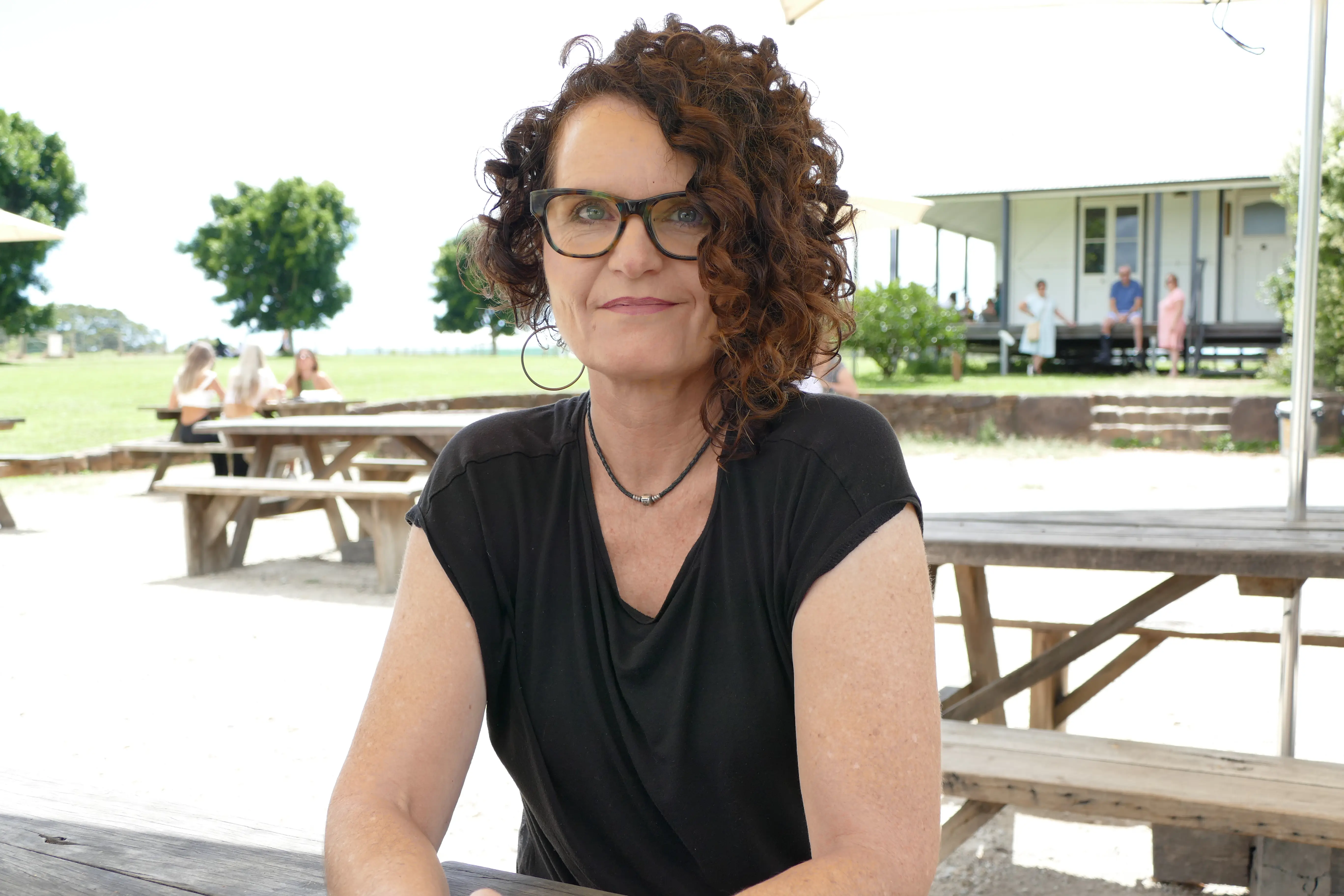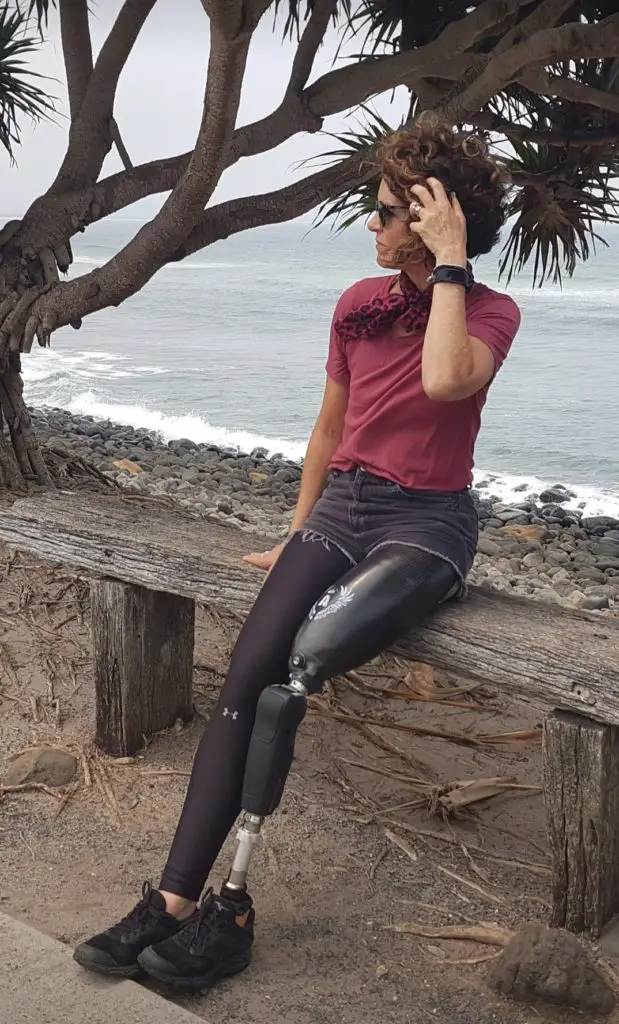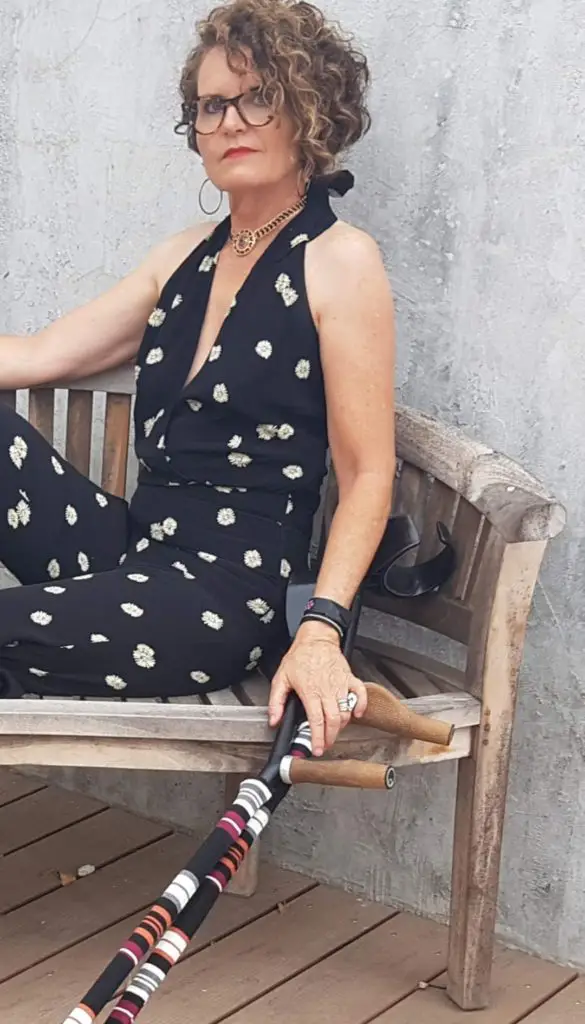
Life took a dramatic turn in 2015, when 53-year-old Byron Bay woman, Anita Carden, went hiking in New Zealand with her husband.
“We were walking back from a glacier. Easy. A really easy walk. And I rolled an ankle. That’s all. I didn’t sprain it,” Anita said.
“I didn’t realize it at the time, but at that point my nervous system had malfunctioned and Complex Regional Pain Syndrome (CRPS) set in.”
Anita said CRPS is a chronic nerve pain condition, usually affecting the arms, legs, hands or feet. It can occur after injury or trauma, and is believed to be caused by damage to, or malfunction of, the nervous system.
“It’s one of the most debilitating and difficult to treat of all chronic pain conditions,” she said.
“I woke up the next morning and couldn’t bear weight. It had changed colour, and it was a done deal at that point. Though I didn’t know it at the time.
“I thought I must have strained it. My husband looked at it and said, ‘It looks like it’s broken’, but I couldn’t believe it. I couldn’t even really remember hurting it, it was such an insignificant injury.”
Two days later the couple flew home.
 “My GP thought it might be a blood clot because I’d been flying, but the tests came back clear.
“My GP thought it might be a blood clot because I’d been flying, but the tests came back clear.
“I went to another GP, then another – five GPs in total for different opinions. Then I saw a Neurosurgeon, but he didn’t know.
“I went to a Vascular Surgeon, and he was concerned. At that point my leg was cold and blue.
“Next, I saw a Rheumatologist who said, ‘I think that might be CRPS’. I said ‘What’s that?’”
Anita said she spent the next six months going back and forth to a Lismore pain clinic, but there wasn’t anything it could do.
“By the time I left the clinic, my leg was bleeding. It was basically dead,” she said.
“I then travelled to Adelaide where a doctor performed a sympathectomy, injecting anaesthetic into the sympathetic nerve in my spine. It didn’t work.
“The doctor then tried a sciatic nerve block. It didn’t work either, so I was referred to Sydney’s North Shore Hospital where doctors performed a spinal cord stimulator – a $50,000 treatment – but again, nothing.
Anita said at this point, having exhausted all other treatment options, she realized her only course of action was amputation.
It was after her leg was amputated, and she was left with a lifelong disability, her journey with Social Futures and the NDIS began.
“My Social Futures Local Area Coordinator, Winston Guymer, was absolutely brilliant,” she said.
“What I love about the NDIS is that they have compassion for the individual.
“There are so many people needing help, you worry that you could become a number, but the NDIS hasn’t made me feel that way. I feel I have been treated with respect all the way along.”
 In May, the NDIS funded the best microprocessor knee available for Anita.
In May, the NDIS funded the best microprocessor knee available for Anita.
“It was a really big claim Winston put in” Anita said. “I thought I don’t know if I am going to get this, but if I didn’t get that knee, I really felt my days would be over,” she said
“I’m a really active person. I’m at the beach most days, jumping over rock pools. I want to go back to New Zealand and hike glaciers. I felt if I didn’t get the waterproof knee, my active life would’ve been finished, but Winston and the NDIS understood, when they looked at my life, they could see it was what I needed. That is compassion and empathy.
“I wanted to do this story, because more people need to know the NDIS does actually care about people. I don’t feel like a number. Too many people complain about the NDIS – I think it’s great.
“Losing a leg is life-changing,” Anita said. “I thought I’m in my fifties – will I ever regain my mobility again? The answer is yes. I am almost there, and I have had a great experience – our NDIS is second to none.
“Many disabilities are invisible, and some people hide their disability, but not me. I want people to see this is what can happen, but with the right help, you can transition back into society and be able-bodied,” Anita said.
